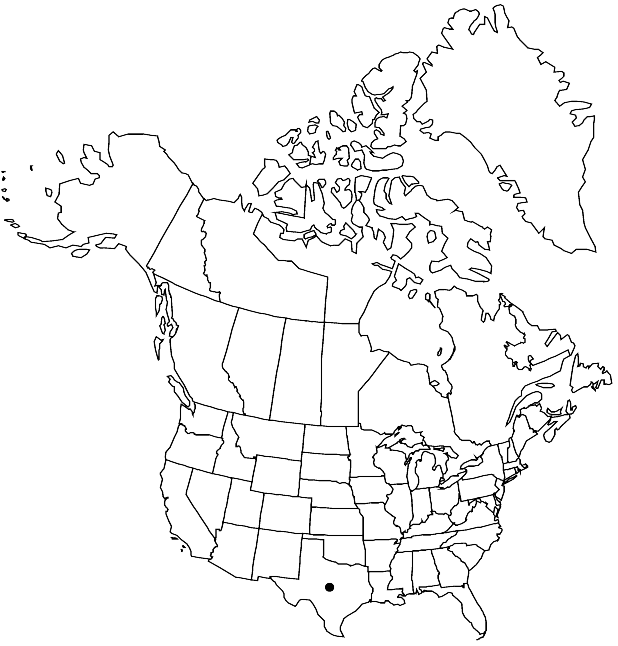Rorippa ramosa
Rhodora 63: 4, figs. A–C. 1961.
Perennials; glabrous or sparsely pubescent, (trichomes hemispherical, vesicular). Stems (simple or several from base), prostrate, branched distally, (1–) 2–5 (–6) dm, (pubescent). Basal leaves not rosulate; blade margins pinnatifid. Cauline leaves sessile; blade oblong to oblanceolate or broadly lanceolate (lateral lobes oblong to ovate), (2–) 3–5 cm × 5–15 mm, base auriculate, margins pinnatifid to deeply sinuate or entire, (surfaces sparsely pubescent abaxially with vesicular trichomes along veins, glabrous adaxially). Racemes slightly elongated. Fruiting pedicels ascending to horizontal, usually straight, rarely curved-ascending, 3–5 (–6.5) mm, (sparsely pubescent). Flowers: sepals erect, oblong, 2–2.5 × 0.8–1.3 mm; petals pale-yellow, spatulate, 2.5–3.5 × 0.8–1.3 mm; median filaments 2.7–3 mm; anthers narrowly oblong, 0.7–0.9 mm. Fruits siliques, curved, oblong to lanceolate, 6–10 × 2–3 mm; valves glabrous or puberulent; ovules 60–80 per ovary; style 1–2 (–2.5) mm. Seeds biseriate, light-brown, cordiform, 0.7–1.5 mm, colliculate.
Phenology: Flowering Mar–May.
Habitat: Floodplains, sandy arroyo bottoms, lake shores
Distribution

Tex., Mexico (Coahuila), Mexico (Durango)
Discussion
Rorippa ramosa is known from the Big Bend area in Brewster County and in adjacent Mexico.
Selected References
None.
Lower Taxa
"elongated" is not a number."thick" is not a number."dm" is not declared as a valid unit of measurement for this property."dm" is not declared as a valid unit of measurement for this property.